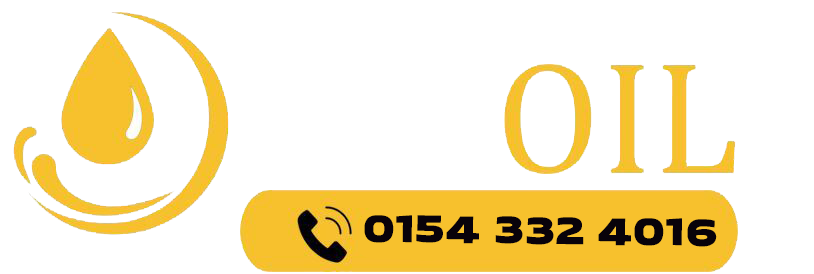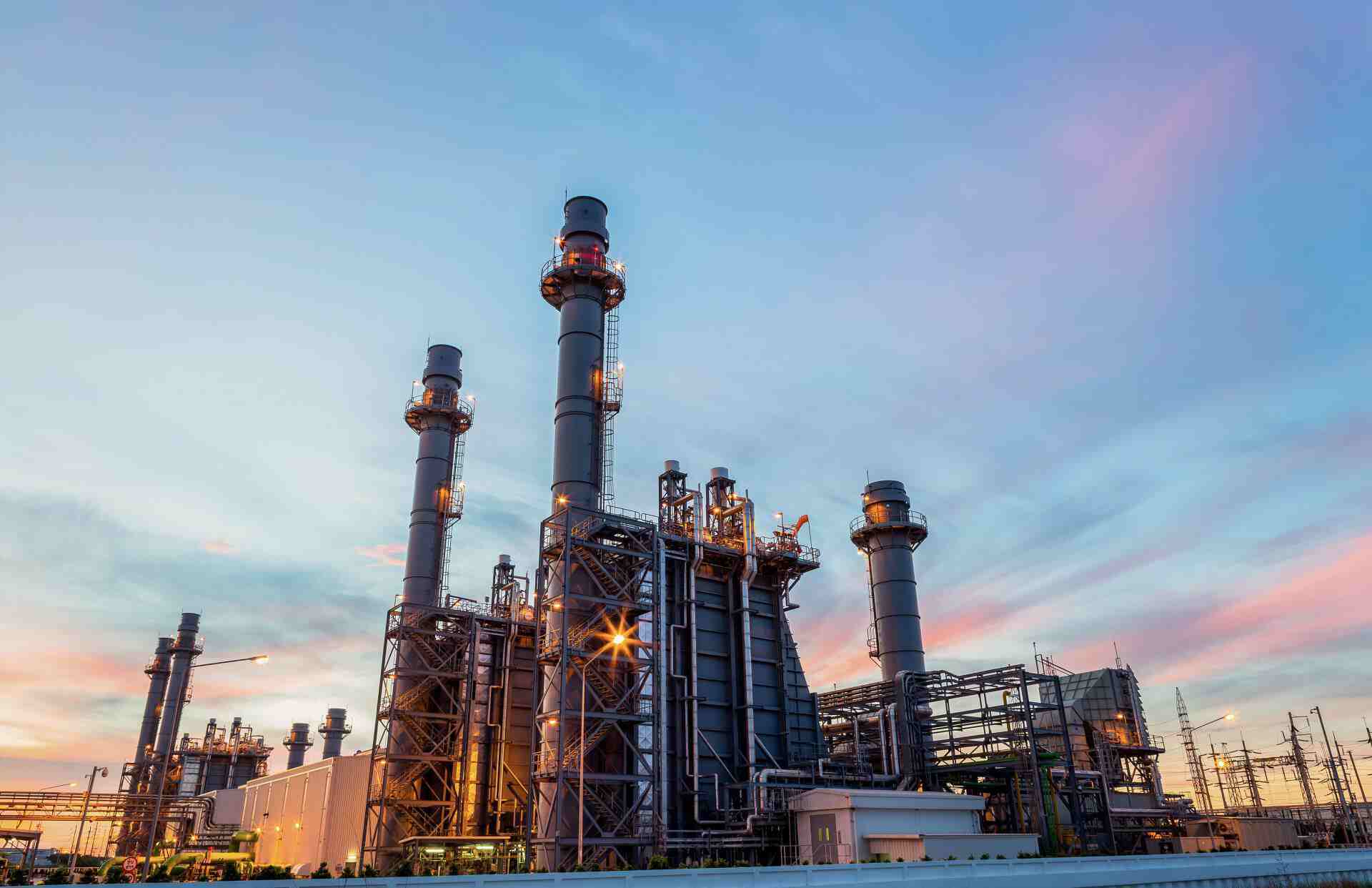Refining Crude Oil into Useful Petroleum Products
Fractional distillation is a type of distillation technique. It is used by several industries, especially the crude oil refining industry. This process allows the separation of numerous petroleum components in crude oil. The fractional distillation of crude oil provides us with various products such as petrol, diesel, kerosene, paraffin, bitumen, asphalt, and many more.
What is Crude Oil?
Time, pressure, and heat turned fossils into crude oil. A thick black oil that is found naturally and consists of highly complex and organic hydrocarbons. It is mainly retrieved through drilling deep but can sometimes be found at the surface level. Drilling is carried out on land as well as at sea. The discovery of crude oil led to immense growth in technological development, and the face of the world changed drastically. Since its discovery, its various products have found extensive applications ranging from domestic to commercial and industrial use. From manufacturing skin care products to fueling jet engines, the incredible world of crude oil and its products is vast and highly diverse.
A significant portion of the crude oil supply comes from oil wells in the Middle East, with Saudi Arabia leading the global production. Other nations with substantial contributions to the crude supply include the US, Canada, China, and Russia.
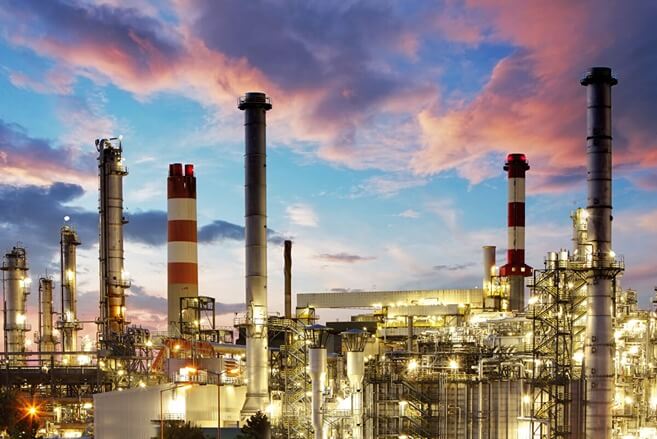
What is Petroleum?
Petroleum includes both crude oil and other products. These are a variety of hydrocarbon groups which can be obtained through refining crude oil.
What are Hydrocarbons?
Hydrocarbons are compounds of hydrogen and carbon. They are a common component of every organic material, such as crude oil. They are considered to be the building blocks of life along with water. Hydrocarbons exist in the form of gas, liquids, solids, or polymers. Crude oil consists of numerous hydrocarbon chains, such as paraffins and alkanes. Gasses like propane, butane, methane, etc., are all alkanes. Alkanes are highly stable and versatile, making them ideal for being used as fuel and also for safe storage. Methane is the simplest alkane. It has only one carbon atom, and its chemical formula is CH4. It is used as fuel around the world. Methane is followed by ethane which has two carbon atoms. This goes on to hundreds of carbon atoms. Other examples include octane and hexadecane.
Apart from the alkane family, crude oil includes alkenes, alkynes, cycloalkanes, alkadienes, aromatics, and naphthenes. These chains have to be separated into the same lengths through crude oil refining to use these hydrocarbons. The process is called fractional distillation and is used in refineries for separating and joining various lengths of hydrocarbon chains to create different petroleum products.
Fractional Distillation and Distillates
The fractional distillation process is carried out in a column, or a tower, often called the fractionating column. Apart from crude oil refining, fractional distillation is also used in other industries where two or more liquids with different densities are separated by heating their mixture to the boiling point. The fluids, once separated, are known as distillates. However, the process is much more complicated in crude oil refining because there are numerous liquids with different densities and boiling points. As the mixture is heated, liquids are converted into gasses and rise in the fractionating tower. Various distillates are corrected at various heights of the fractionating tower. These distillates are kerosene, diesel fuels, bitumen, petrol, diesel, and many other products. It should be noted that these distillates often do not exist in the desired ratio. They are often altered, joined, or broken down to suit the intended use.
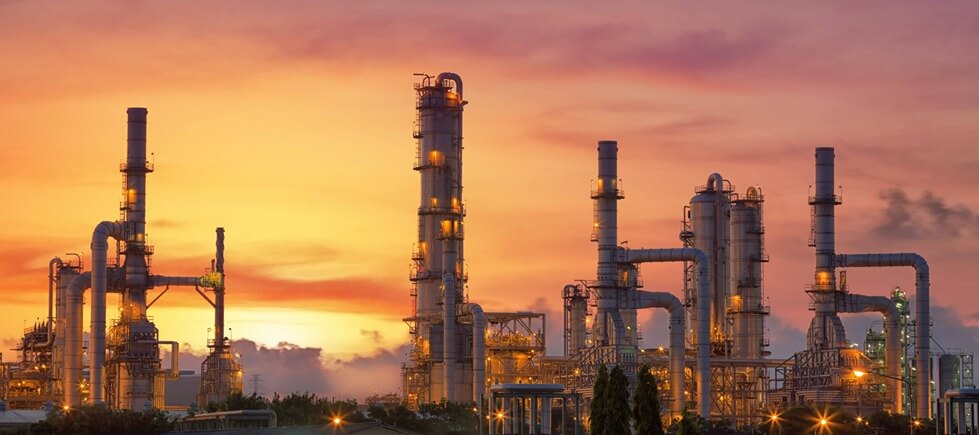
Products You Can Get from Fractional Distillation
Numerous products can be retrieved from refining petroleum, including engine fuels such as gasoline (petrol), gas oil and diesel, and kerosene (for jet fuel and heating). As we mentioned that hydrocarbon chains (such as alkanes) are formed over a range of temperatures,
Distillates are often grouped based on some common characteristics: the top distillates are the lightest fluids, while fuels which have flashpoints greater than 42 degrees and are formed at lower stages in the column, are known as ‘middle distillates’ Below the middle distillates are heavy diesel fuels which are used mostly for maritime consumption and are known as ‘bunker fuels’. The lower distillates are too dense to be used as fuel and are mostly used as lubricants. The final and the lowest in the tower are called the residuals, which are used for different purposes in several industries.
Top Distillates
Liquids and gases with short carbon chains are found at the topmost part of the fractionating column. These products have several chemical and industrial applications apart from being used as fuels. Petroleum gases such as propane and butane are distilled at the top of the fractionating tower. The temperature is the coolest here, being a mild 25 degrees and ranging to 50 degrees. They are the lightest and highly flammable hydrocarbon gases produced in fractional distillation. They are processed into LPG (Liquified petroleum gas), which is a mixture of butane and propane. It is used for various heating applications. Other top distillates include petrol and Naptha. Petrol, as we know, is used as fuel, while Naptha is used to prepare multiple chemicals.
The Middle Distillates
Middle distillates have a flashpoint which is higher than 42 degrees. They are also known as fuel oils. These include Paraffin, Kerosene, and Diesel.
Paraffin is used for burning and heating in domestic applications. It distils in the column between 100 to 175 degrees. Paraffin is used to manufacture petroleum jelly, candles, and many skin products. Kerosene and diesel are both used as fuels in various types of engines.

Lower Distillates
The lower distillates are formed at the bottom of the fractionating tower and have high boiling points and densities; therefore, they cannot be used as fuels. They are used mostly as lubricants. They distill at temperatures ranging from 350 to 600 degrees. Lubricating oils, MDO (Marine Diesel Oil), MGO (Marine Gas Oil), and several others are included in this range. Engine oil is the most commonly derived product from these distillates.
Residuals
Residuals are what remains at the bottom of the fractionating tower. You can think of it as waste material. The process of fractional distillation has to be optimized to ensure that there is minimum wastage. However, even the residuals of this process do not go to waste. Here, at the bottom, the temperature ranges from 500 to 600 degrees, and you get products like bitumen and asphalt. Both these have numerous applications in the construction industry and are used for paving roads, highways, concrete structures, etc.
Renewable Alternatives
Crude oil has been called “black gold” by explorers and investors. The world has witnessed exponential growth in the usage of petroleum products, especially those which can be used as fuels. At the same time, the sources of crude oil are fast depleting, and new explorations are not yielding promising results. Moreover, the price of crude is highly sensitive to market dynamics and manipulation by multinational oil syndicates. Another issue inherent with crude oil fuels is the pollution they cause. There is a need to educate people regarding alternative fuels such as biofuels.
Oil Refining in the UK
The United Kingdom meet its crude oil requirements through imports, with Norway being one of the major suppliers and providing 49.9 % of the total crude oil imports. The US provides 26 % of the UK’s consumption. The remaining requirement is met through imports from countries like Nigeria, Saudi Arabia, Russia, and others. There are seven refineries in the United Kingdom which have a collective capacity for processing more than 61 million tonnes/ year of crude oil. The United Kingdom’s oil imports reached £30.0 billion in 2021. This included crude oil valuing £17.6 billion, and refined oil, valuing £12.4 billion. 24.1 % of this Refined oil was primarily imported from Russia. The UK’s primary export markets of crude include Netherlands and China. Crude worth £6.2 billion and £3.9 billion were exported to the Netherlands and China in 2021. The highest chunk of refined oil export was also to the Netherlands, standing at £2.4 billion. Russia was the UK’s largest refined oil import partner till April 2022. However, the Russia-Ukraine war has changed that, as the UK government has announced that all imports from Russia will cease by the end of 2022.
